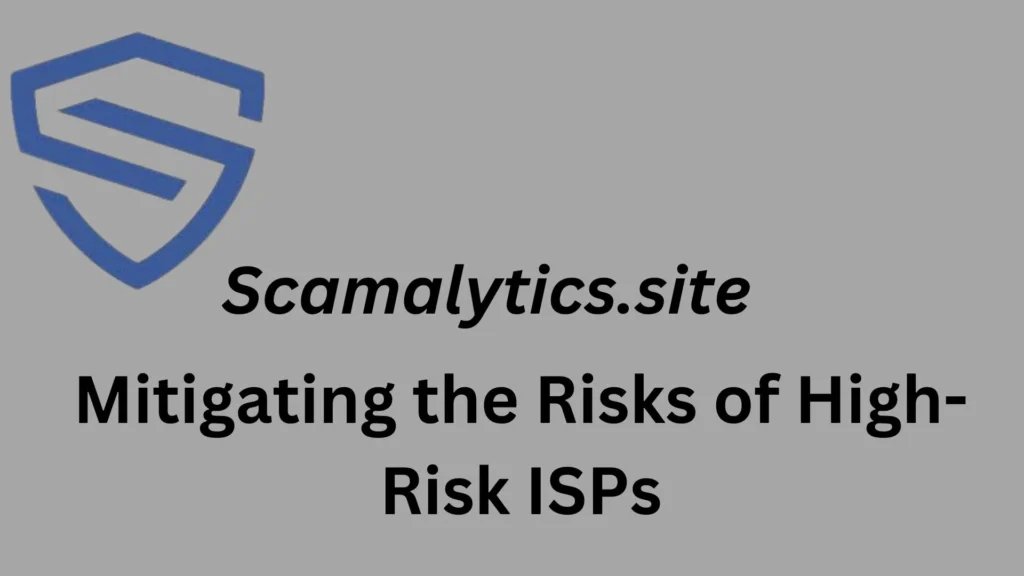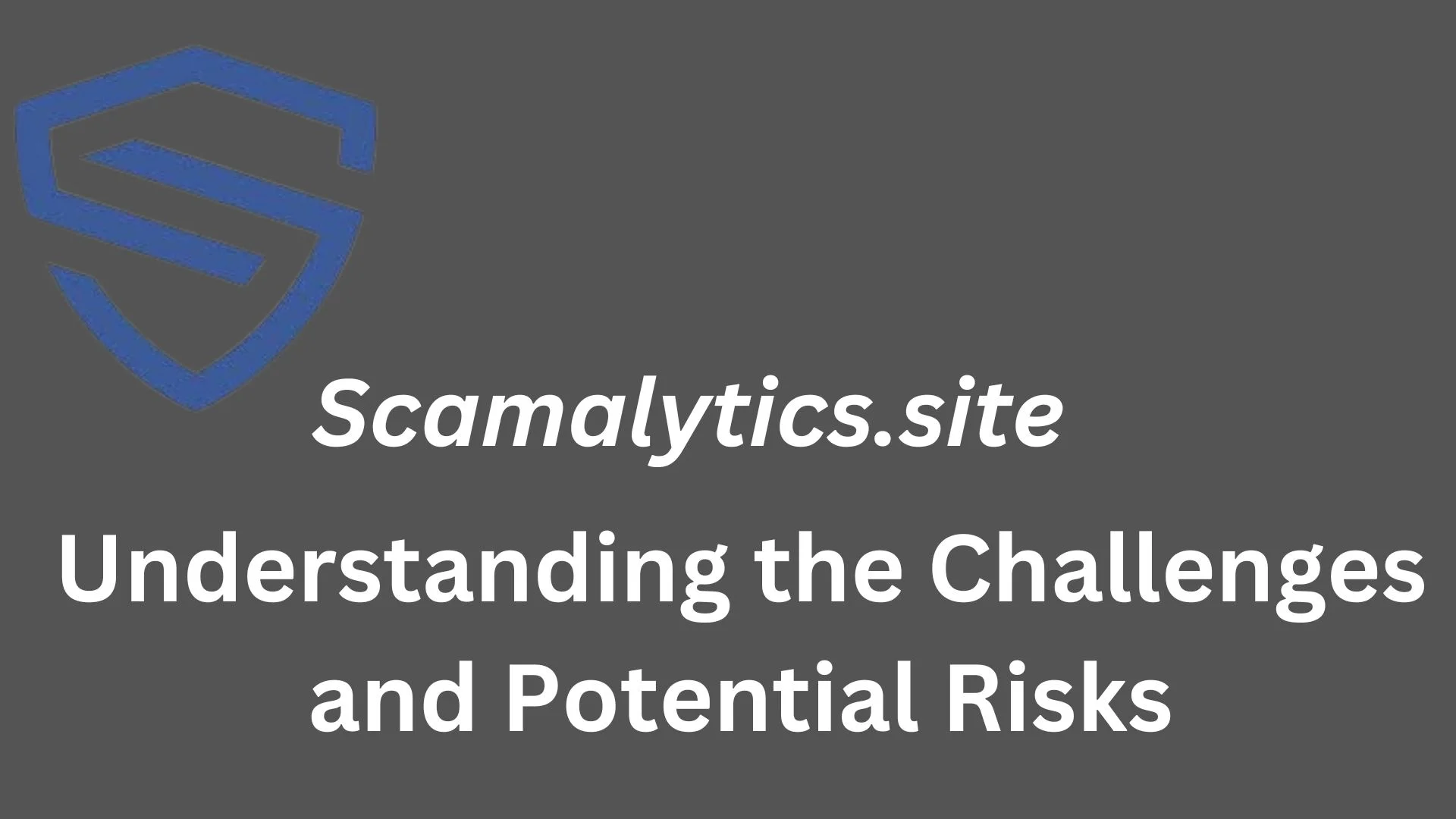Introduction
In the ever-evolving world of Internet connectivity, the choice of an Internet Service Provider (ISP) can have a significant impact on the reliability, security, and overall user experience. While the majority of ISPs strive to provide reliable and secure service, there is a subset of providers that are often labeled as “high-risk” ISPs. These ISPs, for various reasons, may pose increased risks to their customers and the broader Internet ecosystem.
Defining High-Risk ISPs
High-risk ISPs are internet service providers that exhibit certain characteristics or behaviors that can make them more susceptible to hosting or enabling illicit or malicious activities on their networks. Some of the key factors that contribute to an ISP being considered high-risk include:
Lack of Oversight and Regulation
High-risk ISPs may operate in regions or jurisdictions with lax or ineffective oversight and regulation of the internet industry. This can lead to a lack of accountability and a lack of enforcement of best practices and security standards.
Tolerance for Illegal or Unethical Activities
Some high-risk ISPs may turn a blind eye to or even actively enable illegal or unethical activities on their networks, such as the hosting of malware, spam, or criminal activities.
Poor Handling of Abuse Complaints
High-risk ISPs may be slow to respond to or even ignore abuse complaints from other internet stakeholders, such as security researchers, law enforcement, or other ISPs.
Inadequate Security Measures
These ISPs may fail to implement industry-standard security measures, leaving their customers and the broader internet ecosystem vulnerable to various cyber threats.
Potential Risks Associated with High-Risk ISPs
The use of high-risk ISPs can expose individuals and organizations to a range of potential risks, including:
Increased Cybersecurity Threats
High-risk ISPs may be more prone to hosting malware, botnets, and other cyber threats, which can increase the risk of infection or compromise for their customers.
Data Privacy and Security Concerns
Due to the lack of security measures and oversight, high-risk ISPs may not adequately protect the privacy and security of their customers’ data, putting them at risk of data breaches or unauthorized access.
Reputational Damage
Being associated with a high-risk ISP can negatively impact an individual or organization’s reputation, as they may be perceived as engaging in or enabling questionable or illegal activities.
Legal and Financial Consequences
Depending on the specific activities enabled or tolerated by a high-risk ISP, customers may face legal or financial consequences, such as fines, lawsuits, or even criminal charges.
Identifying High-Risk ISPs
Identifying high-risk ISPs can be a complex task, as the factors that contribute to this categorization can vary widely. However, there are several indicators that can help users and organizations identify potential high-risk ISPs:
Reputation and Complaints
Monitoring industry reports, security blogs, and public databases of known malicious IP addresses and domains can provide insight into the reputation and activities associated with a particular ISP.
Geographical Location
ISPs operating in regions with lax internet regulations or a history of hosting illicit activities may be more likely to be considered high-risk.
Transparency and Disclosure
High-risk ISPs may be less transparent about their policies, security practices, and customer support procedures, making it difficult for users to assess the risks involved.
Peer Relationships
The way an ISP interacts with and is perceived by other internet service providers and industry organizations can also be a tell-tale sign of potential high-risk behavior.
Mitigating the Risks of High-Risk ISPs

To mitigate the risks associated with high-risk ISPs, individuals and organizations can take the following measures:
Thorough Research and Due Diligence
Before selecting an ISP, it is essential to research the provider’s reputation, security practices, and any known issues or complaints associated with their service.
Implementing Robust Security Measures
Regardless of the ISP chosen, users should take proactive steps to secure their devices and networks, such as using firewalls, antivirus software, and virtual private networks (VPNs).
Monitoring and Reporting Suspicious Activities
Regularly monitoring for any suspicious or malicious activities on the network and promptly reporting any issues to the appropriate authorities or industry organizations can help identify and mitigate potential threats.
Advocacy and Industry Collaboration
Engaging with policymakers, industry groups, and other stakeholders to advocate for stronger regulation and oversight of the internet industry can help address the underlying issues that enable high-risk ISPs to operate.
Conclusion
In the rapidly evolving world of internet connectivity, the risks posed by high-risk ISPs cannot be overlooked. By understanding the characteristics and potential dangers associated with these providers, individuals, and organizations can make informed decisions about their internet service and take proactive steps to protect themselves and the broader internet ecosystem. Through a combination of thorough research, robust security measures, and collaborative efforts, the impact of high-risk ISPs can be mitigated, ensuring a more secure and reliable online experience for all.

